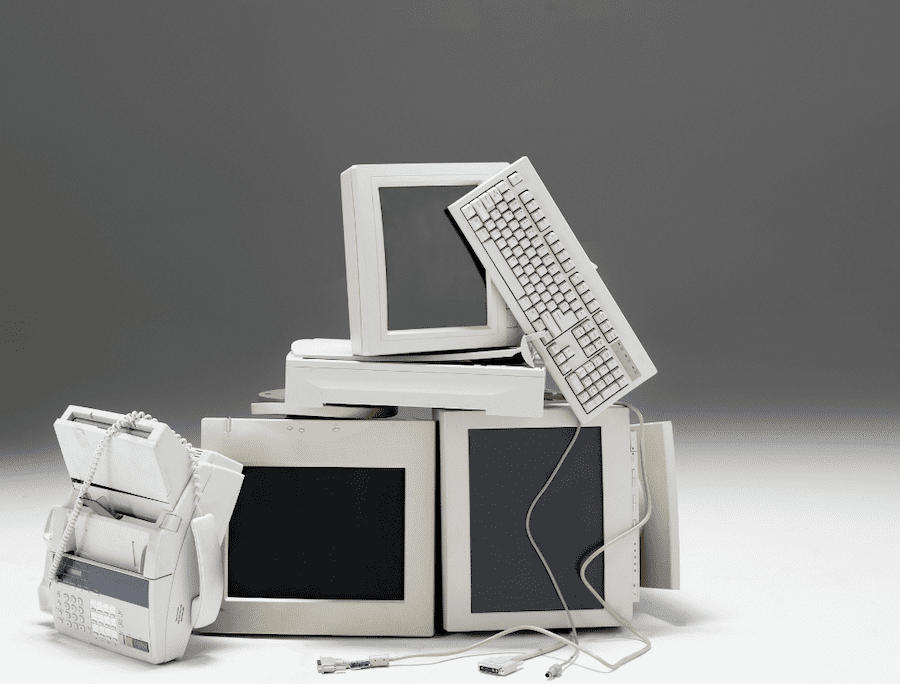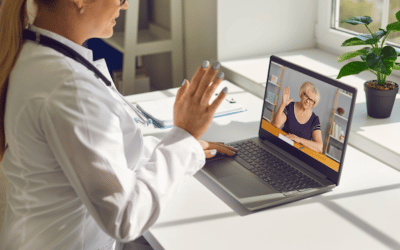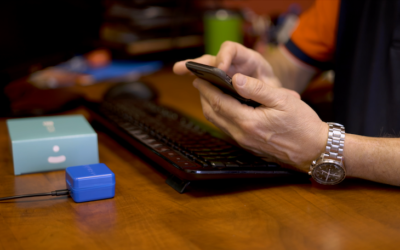Imagine if going to the doctor’s office was like walking in the Apple store. Imagine if healthcare technology design was as inviting as an Apple watch or a Fitbit. Would you be more likely to use it?
I have always considered myself a follower of technology; not an early adopter, just an enjoyer of it. I appreciate a well designed gadget and when I come across one that I really like, I enjoy showing it off to my friends describing all its features in great detail as if somehow, I had something to do with it.
Yet working in the hospital for more than a decade I have come across some equipment and software that didn’t always look or feel as inviting as some of the technology I use at home. I also often found myself giving elaborate explanations to patients in an effort to reduce their anxiety.
- For example, I remember using technologies critical to my clinical practice and telling patients something like “I know this might look like a giant head gear, but honestly, it’s just a couple of microphones.”
- Another phrase commonly heard from my clinical room was, “And just when you thought you had enough tubes everywhere, I’m going to get you to put this in your left nostril.”
- And sometimes I even found myself saying, “I know these alligator clips look like something out of Bill Nye the Science Guy, but I assure you that everything you have on are just sensors.”
The reality is that if you’re a patient with dysphagia or a clinician working with dysphagia, there haven’t been many beautiful technological options for you. The hardware and software currently available to patients and their SLPs are not the kind you want to tell your friends about. Why is that?
Working with creative, out-of-the box thinkers, problem-solvers, and visionaries I’ve learned that we have the power to change this experience for our patients and for ourselves. Designers, mechanical and materials engineers, software developers, and data scientists are all passionate about applying their skills to problems with real-life impact and purpose. This is how Mobili-T began.

It may come as a surprise to you, but Apple once did the very same thing. Apple focused their packaging design and user experience to destigmatize the once-scary computers.
I believe that the same can be achieved for dysphagia equipment.
Our patients (and us) shouldn’t be afraid or embarrassed of using technology that is designed to improve health. Technology is fun and should be embraced and explored with curiosity. If designed with users in mind, with design that is inclusive and destigmatizing, then our field should reach a point where dysphagia technologies are treated with the same reverence as any other product; products that speak to you on a creative level, that make you feel special when you use them, products that you want to use over and over again.





